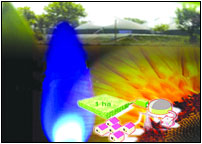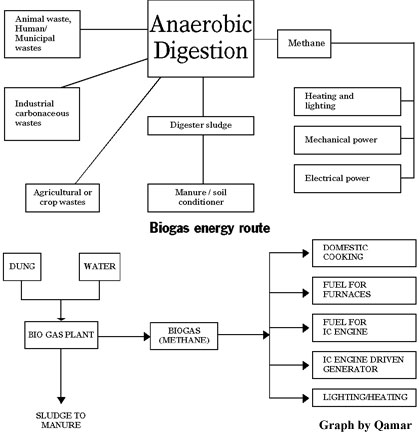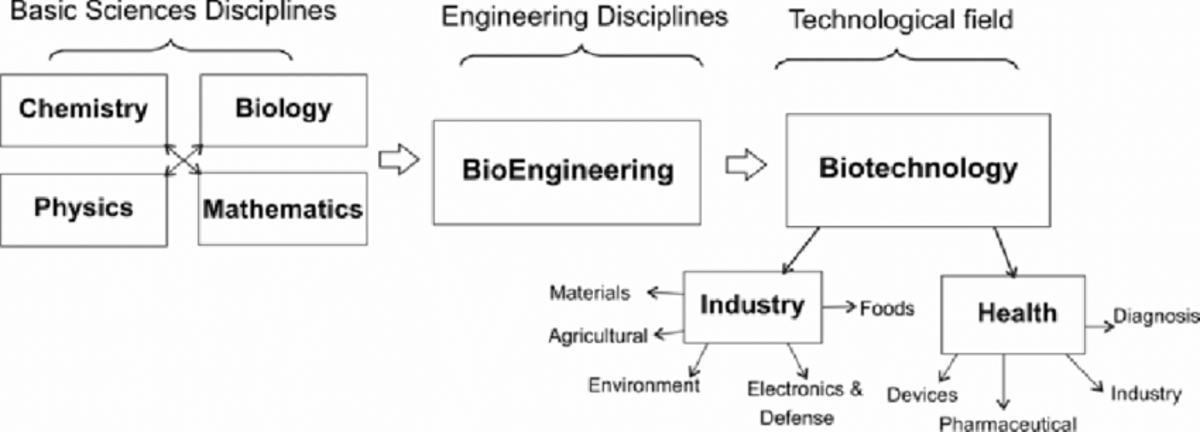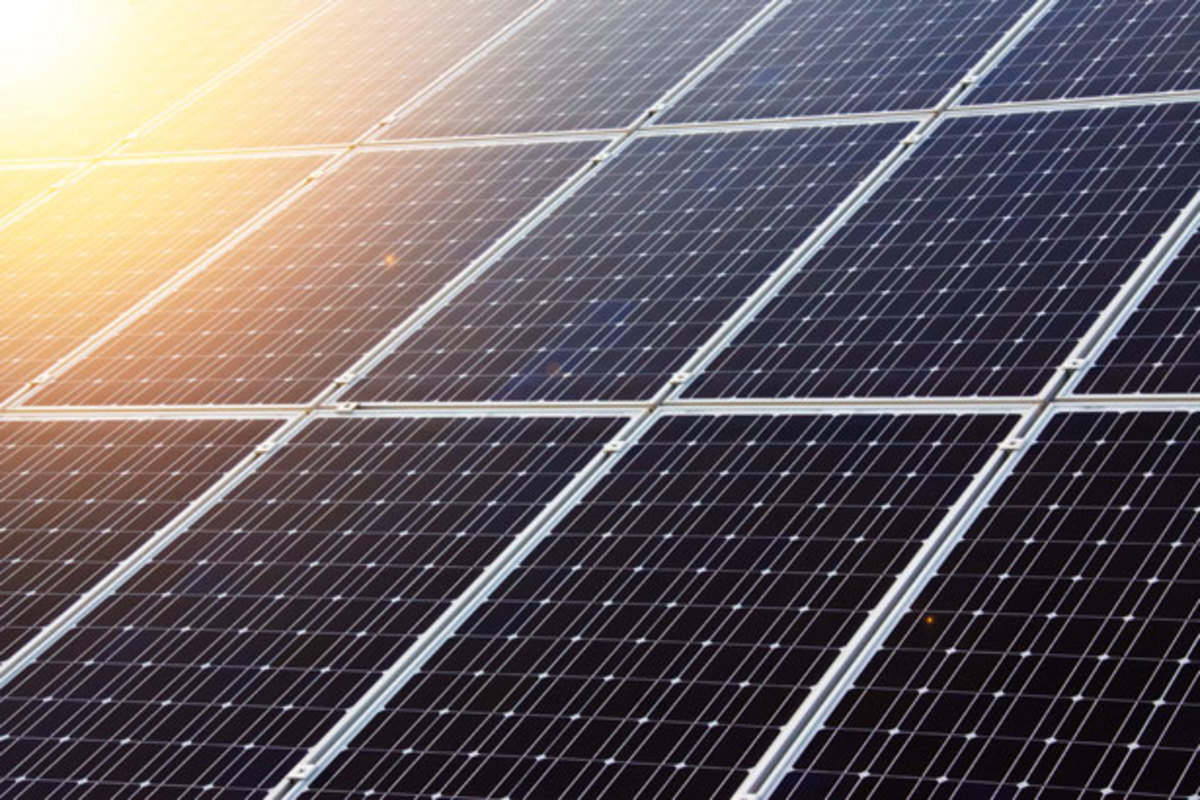How Biogas Is Made

ALL fossil fuels ultimately owe their origin to biomass. The term "bio fuel", in its current context, is generally used to describe secondary renewable fuels which are obtained by thermo chemical processing or the bioconversion of biomass, especially carbonaceous waste materials.
According to conventional terminology, bio fuels also include primary fuels like firewood and plant residues. The biomass energy technologies have assumed an increasing importance in view of their role in waste recycling and waste disposal. About 50 per cent of the world population and over 85 per cent of the world rural population depends on biomass energy in the form of wood and plant residues for domestic heating purposes.These methods proved to be unsustainable as fire woods contributed to higher levels of deforestation. Since the population explosion and related energy demands of deforestation level are higher than forestation efforts, they have resulted in environmental degradation. However, in order to maintain the renewable character of the energy source, it is important to maintain a balance between growth and consumption. Moreover, long-term sustainable development in the energy sector requires a gradual shift towards renewable sources of energy.Biogas is a gaseous fuel obtained from biomass by the process of anaerobic digestion (fermentation). The in-feed to the biogas plant includes:
1. Urban waste (garbage).
2. Urban refuse.
3. Agricultural waste.
4. Cow dung.
Thus, we can say that "bio gas is a cheap secondary renewable technology."
Later, the in-feed is mixed with water to assist the anaerobic fermentation process. The bio gas plant delivers a rich gas which has methane (CH4), carbon dioxide (CO2) and other impurities. There are several uses of biogas:
1. Fuel for furnaces.
2. Domestic fuel in kitchen.
3. Power generation (IC engines to generate power).
4. Producing mechanical energy by IC engine, operated by bio gas.
Biogas plants have urban applications for converting urban waste into useful energy, which can be described as follows:
Urban waste after fermentation gives biogas These plants also have rural applications for converting cow dung and agricultural waste in forming biogas:
Agricultural waste/ dung after fermantaion gives Biogas. Biogas plants are of various sizes, having a capacity of 0.5m³/day to 650m³/day. At present, most of the biomass is burnt or used as manure.

Raw biomass materials
These include all types of organic wastes which can form slurry, thus are suitable for producing biogas by the process of anaerobic digestion in a biogas plant. Wood and sugar bagasse are difficult and time-consuming with this process and incineration may be preferred. The biogas plant is designed to suit a particular type of in-feed.
Biogas production largely depends upon raw material, temperature and the process which is adopted and obtained during different periods of time. The waste is generated periodically and can be converted into useful biogas. The problem of waste disposal is solved as sludge is used as manure.
Waste ------>Biogas plant ------->Biogas = Sludge manure

Harnessing bio energy
Animal and vegetable waste can be used to produce biogas. It also can be used as fuel, affecting the environment in a positive way at the same time. To solve the energy crises in our country, biogas demonstration plants can play an important role to motivate people and to cause them to become interested in the use of biogas and to construct such plants on a large scale.
Biogas plants should be modified to make the technology more practical for the following reasons:1. Expensive design.2. Lack of proper motivation.3. Uncertainty in the availability of raw material, as only cow dung is used.4. Technical difficulties in maintenance.5. Lack of sufficient training for biogas users.Organic matter such as animal, agricultural and industrial waste, fermented under an anaerobic conditions produce a combustible gas called biogas.It is a renewable energy resource which can be used as fuel for cooking, lighting and power generation and is an environment friendly fuel.Cattle dung available from 22 million cows and buffaloes is nearly 220 million kg. One kg of dung can produce 0.037 cubic metres of biogas (CH4). This is equivalent to 1.52 x 10 tonnes of kerosene or 3.04 x 10 tonnes of coal.Environmental impactsThe overall impact of the biogas technology in terms of environmental conservation is considerably beneficial as the process provides an environmentally sound means of managing animal and plant wastes. An important advantage of the biogas programme is that it results in considerable reduction in fuel wood demand especially in the rural areas.The substitution of fuel wood by biogas leads to three main benefits. Firstly, it slows down the deforestation trend, thus achieving numerous environmental benefits. Secondly, it generates less air pollution by the combustion of biogas instead of wood or animal dung. Finally, we get natural fertiliser (manure) from biogas sludge, which is why biogas offers a safe and clean source of alternate energy.





